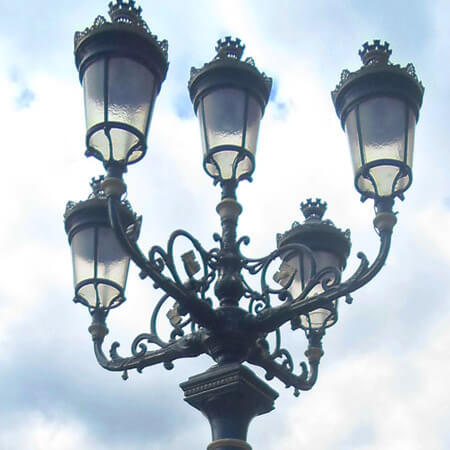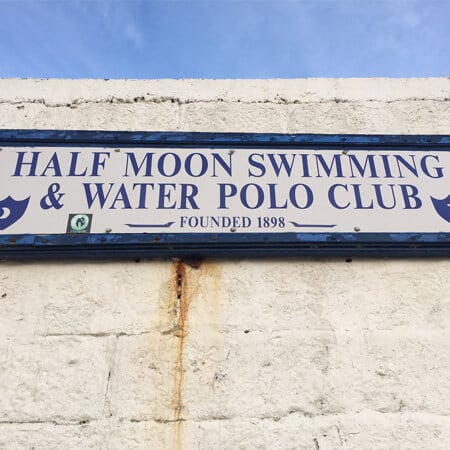Two opposing views of Dublin’s two famous chimneys
All interesting Dublin landmarks tend to polarise. For every champion of The Spire, you’ll find someone who still thinks that it should never have been erected. And so too with the Poolbeg Generating Station.
Even the more ardent of its champions would be hard pressed to describe it as beautiful. Its two distinctive red and white chimneys, built in 1969 and 1977 stand at over 207 metres, poking the city’s skyline. They cannot even be described as useful, as they were decommissioned in 2010.
Its detractors would claim that (a) the chimneys are simply industrial ugliness and (b) the fact that they’re obsolete means they have no place in a modern capital city.
As a Dubliner, the chimneys mean something more to me…
These arguments prove weak, however, when held up against the Poolbeg chimneys’ undeniably iconic status. Many people nearly lost their reason when they found out that the ESB was thinking of demolishing them in 2014.
According to the company, they were taking up far too many resources to maintain. But following a significant public outcry, it reversed the decision – the chimneys would stay.
“The chimneys are a well known landmark in the Dublin skyline, distinguished by their height, as Dublin does not have significant high rise development,” an ESB spokesman commented at the time, as the chimneys’ champions breathed a little easier. This particular Dublin icon will remain intact.
The Poolbeg Chimneys as a source of inspiration
Chimneys aside, Poolbeg is of course a fully operational power station. While it’s known locally as Pigeon House, the current station is actually adjacent to the original Pigeon House site, which was previously a military barracks before becoming a power station where electricity was first generated in 1903.
It was eventually decommissioned in 1976, with the modern-day station built in phases throughout the 60s and early 70s. As has become apparent, it’s all about form over functionality when it comes to Poolbeg, especially in the creative and artistic communities who may or may not know (or care) that the station’s total installed capacity is 1,020 megawatts.



